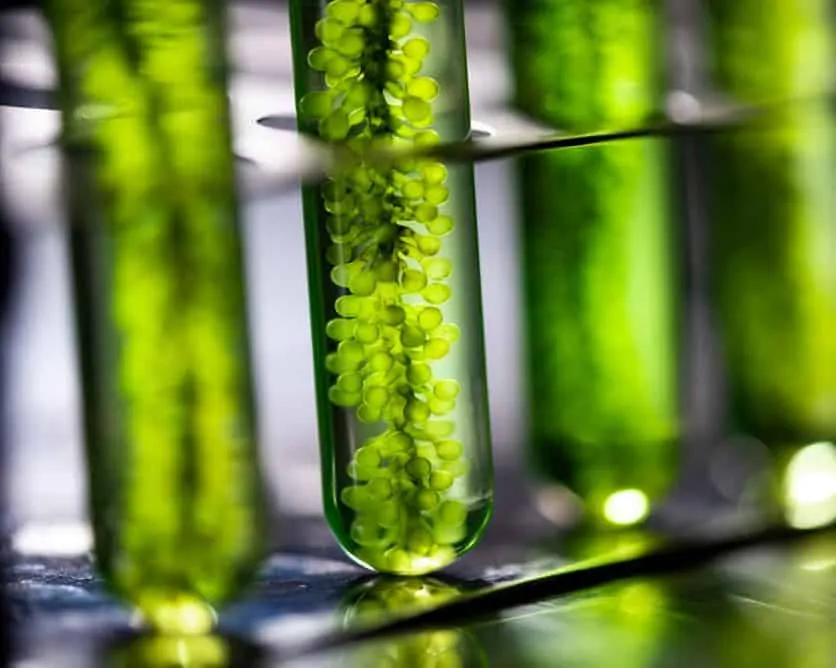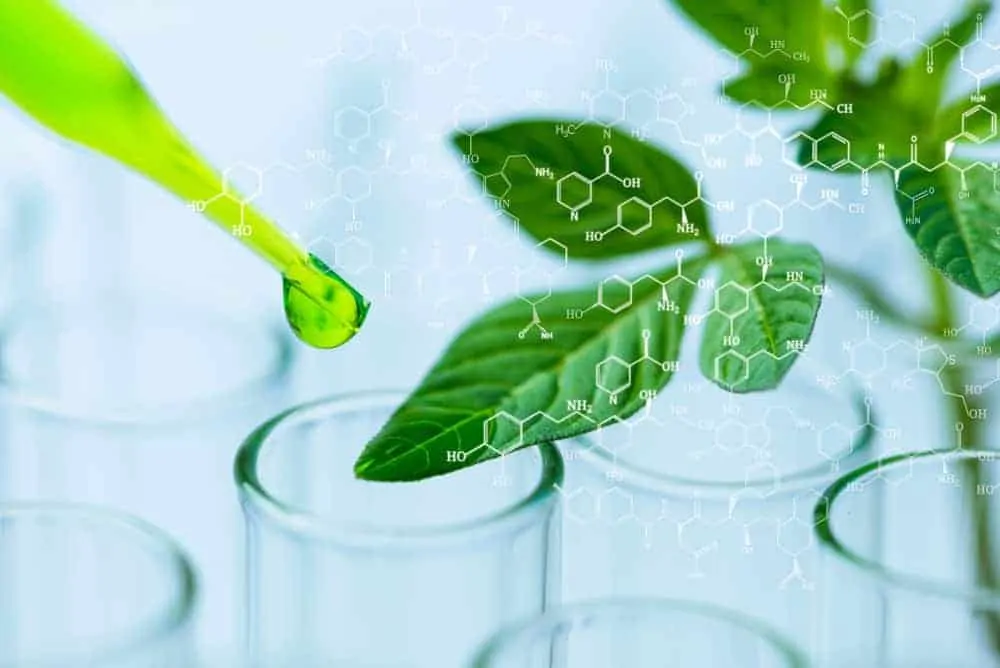How do enzymes work?
What are they and how do they work?
Although they aren’t a new technology, bio-enzymatic cleaners are gaining popularity and getting looked at more closely by cleaning professionals, and rightfully so. Bio-enzymatic cleaners are cleaning products that use non-pathogenic, “good” bacteria to digest wastes, soils, stains and malodors. The bacteria do this by producing enzymes specifically designed to break down certain molecules (wastes/soils) into smaller pieces. These smaller pieces become “food” for the bacteria.
The bacteria consume these soils and break them down into two basic compounds: carbon dioxide and water. The bacteria grow in number and continue to consume the soils until their food supply diminishes (the soil is gone), then the bacteria population levels off or decreases, and can be washed away during the next cleaning or continue to work against new soils.

It is important to know that the enzymes in these cleaners are not living things and cannot grow or reproduce on their own, like the bacterial micro-organisms do. They are more like tools that are created by the bacteria to help break down large molecules.
Typical bio-enzymatic cleaners contain various enzymes to break down various soils:
- Proteases break down protein-based molecules such as blood and food.
- Lipases break down fat molecules, such as oils and greases.
- Amylases break down starch molecules.
- Bio-enzymatic cleaners often contain blends of these enzymes with others along with the bacteria so they are effective against a wide array of stains and soils.
There are various benefits to using bio-enzymatic cleaners:
- They are often safer for the environment and human health compared to other chemical products.
- The micro-organisms (bacteria) can penetrate into very small cracks and crevices and eliminate soils and malodors that traditional chemicals often cannot remove.
- The bacteria and enzymes are left as residuals and can keep working for up to 80 hours after application, ensuring that soils and malodors are fully removed.
- Through natural competition for food and resources, the non-pathogenic “good” bacteria can help to displace pathogenic (disease-causing) bacteria, which benefits human health.

All purpose Enzyme cleaners.
Bio-enzymatic cleaners are great in various applications. They can be used as general surface cleaners, restroom cleaners, carpet spotters, odour eliminators, and more.
Bio-enzymatic cleaners are especially good for use in restrooms because they can eliminate malodors caused from urine, and they can easily penetrate into grouted surfaces to remove soils and malodors that have worked their way into the grout.
"AAA +++ Great Product!"
Highly recommended with super fast shipping, information and logistics. Seamless door to door service, would definitely buy again. Thank you!
"This is the best product!"
I have searched high and low and finally found what works. Excellent, thank you!
"Love your products, they work so well!"
I had smelly cat and dog coats and bedding from last year, I did wash them but could not get the smell out, instead it just faded. After your products, they smell clean, really clean.
"Worked a treat!"
Worked a treat to fix a slow draining toilet on septic system.
"This really does the job!"
I have tried so many other products like it, but nothing comes close to this, I have 8 cats and 3 dogs, and my house always smells fresh, I spray this stuff every where!
"This really does the job!"
I have tried so many other products like it, but nothing comes close to this, I have 8 cats and 3 dogs, and my house always smells fresh, I spray this stuff every where!
